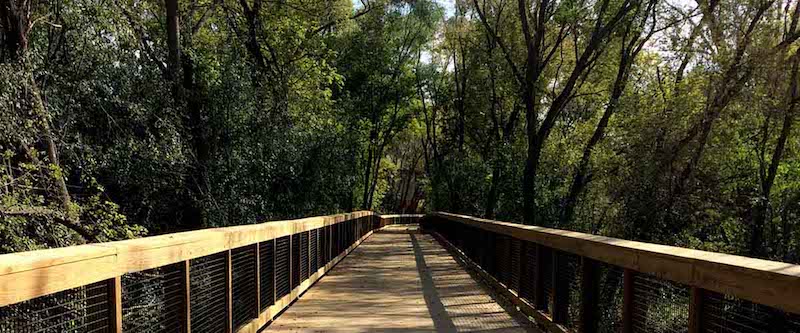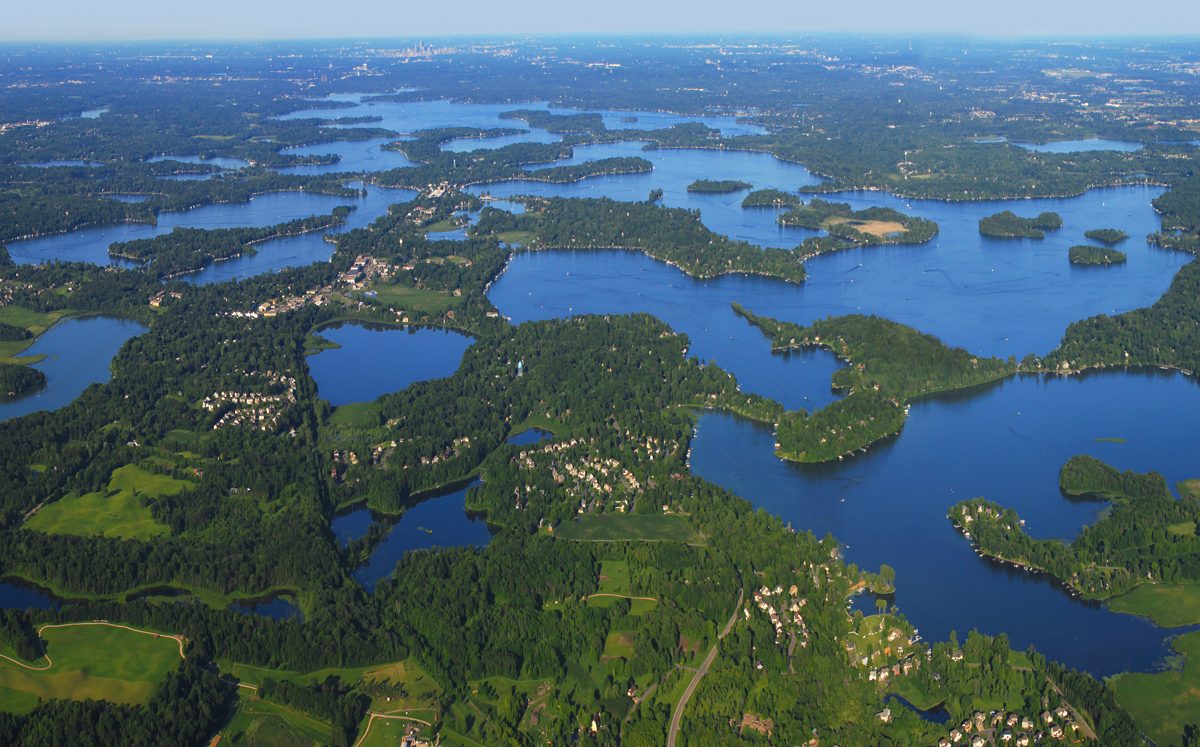Posted by Realtor David Olson 952.314.9446
City of Savage: A Brief History
Although Savage is not the largest suburb in the state of Minnesota, its historical roots go deeper than many other cities in the area. Much of the city’s history is found in agriculture, however, its true beginnings rest in the Minnesota and Credit Rivers. These rivers provided access to larger communities, therefore, the early settlers of Savage made their homes near the banks of both rivers. Eventually, steamboat transportation provided passage up and down the rivers. Originally, Native Americans were the inhabitants of Savage. However, after the Mendota treaty, they made room for white pioneers. The bigger the town grew, the more it became industrialized. Soon, shops and railroad tracks were built all over the city.
Savage is home to the famous Dan Patch. This man broke countless records in the sport of horse racing in his time, and he was very popular in the area. Today, this community celebrates his memory by have a festival named after him each year.
During World War II, Savage hosted a camp called Camp Savage. This served as a Military Intelligence language school. The goal was to teach Japanese to American military students. It was later relocated to Fort Snelling.
After the war was the housing boom. However, although housing was established in large quantities during that time, Savage remained isolated. With the city being cut off by the Minnesota River, and not having any major access to larger highways, the city’s growth suffered. However, the integration of State Highway 13 and the addition of the bridge of U.S. Highway 169 over the Minnesota River solved all of the city’s developmental issues. In no time at all, Savage experienced a residential boom.
If you have any questions regarding the city of Savage, Minnesota, or if you would like to sell or buy a house in the area, please feel free to visit TwinCitiesPropertyFinder.com or call 1-800-909-1953
Mendota Minnesota
Woodland Minnesota
Related City Articles






















